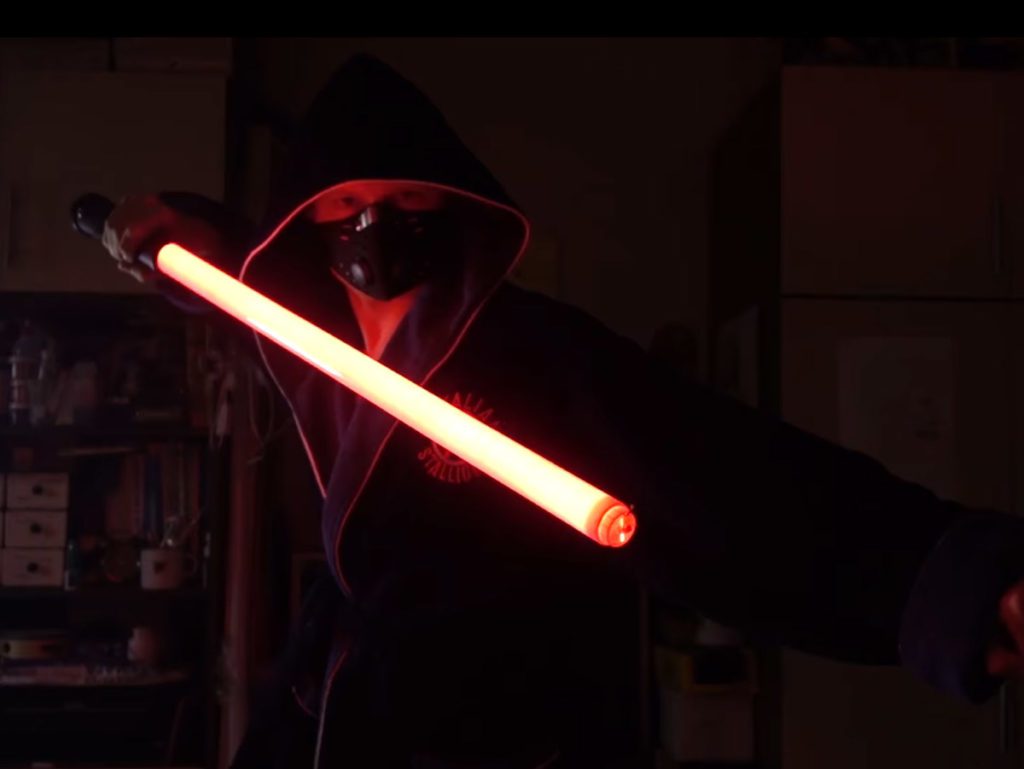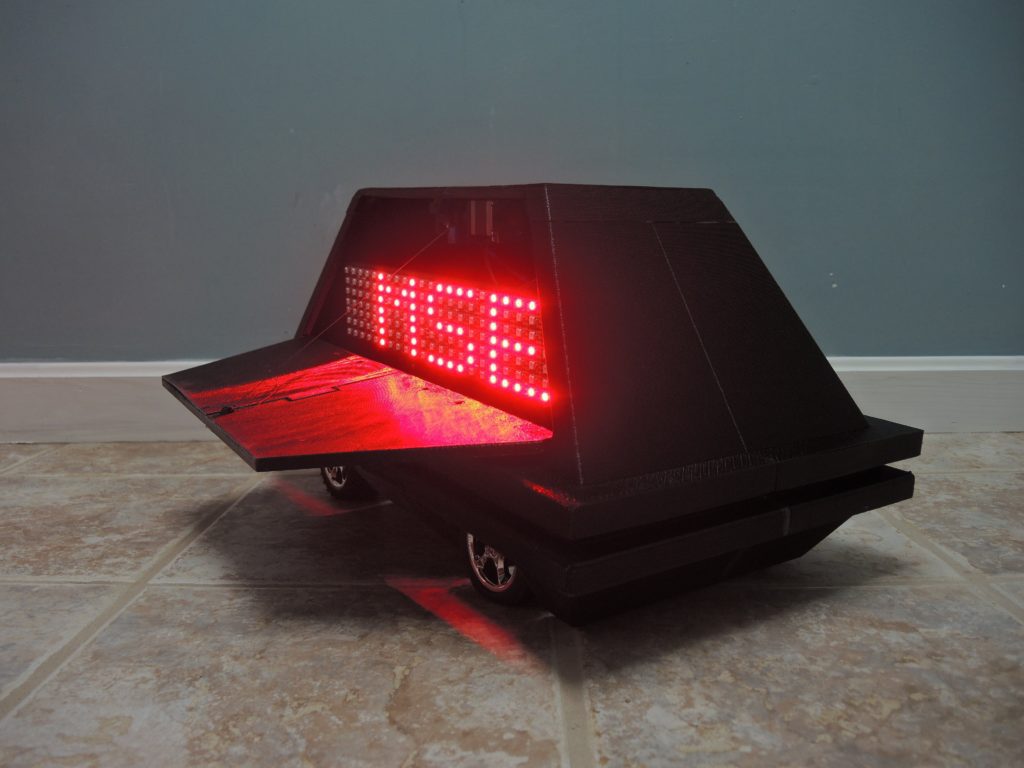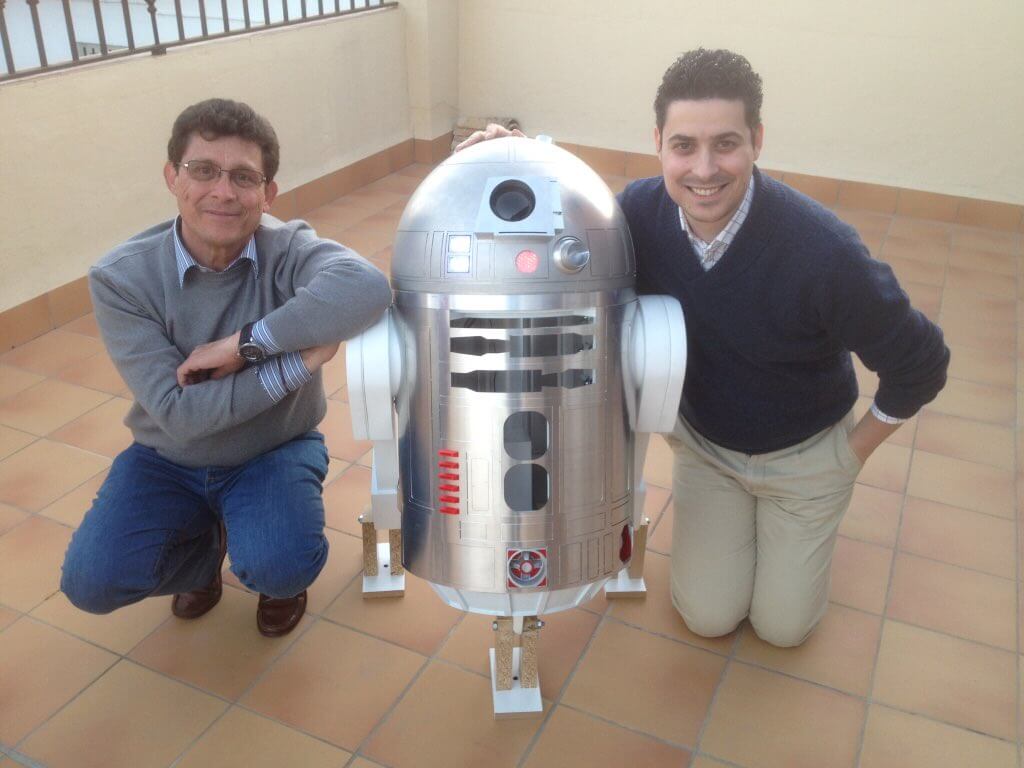Schlagwort: Star Wars Droid
-

This Andor-inspired droid moves like the real B2EMO
Reading Time: 2 minutesThe new Andor TV show, set in the Star Wars universe prior to the events of Rogue One, is already a hit and a big part of that is thanks to the B2EMO droid. Like many of the other droids in the Star Wars franchise, B2EMO manages to be very expressive despite being cold, hard steel. It conveys emotions…
-

The DIY force is strong with these 10 Arduino Star Wars projects
Reading Time: 3 minutesHokey religions and ancient weapons might not be a match for a good blaster, but Arduino Star Wars projects certainly are. To celebrate May the 4th (also known as Star Wars Day), we’ve put together a list of inspired builds from a galaxy far, far away that you can make yourself. So…
-

Star Wars mouse droid reveals hidden scrolling LED display
Reading Time: 2 minutesStar Wars mouse droid reveals hidden scrolling LED display Arduino Team — September 24th, 2018 In several iterations of the Star Wars saga, small black droids can be seen scurrying around imperial installations. While they tend to fade into the background or provide a fun distraction in the movies, the mouse droid…
-

Star Wars fan builds an Arduino-powered R4-P17 replica
Reading Time: 2 minutesStar Wars fan builds an Arduino-powered R4-P17 replica Arduino Team — November 13th, 2017 Alejandro Clavijo, together with his father Jerónimo, spent two years building the first official fan-made model of the R4-P17 Star Wars droid. For those not familiar with this family of droids, R4-P17 was the robot companion to the…



